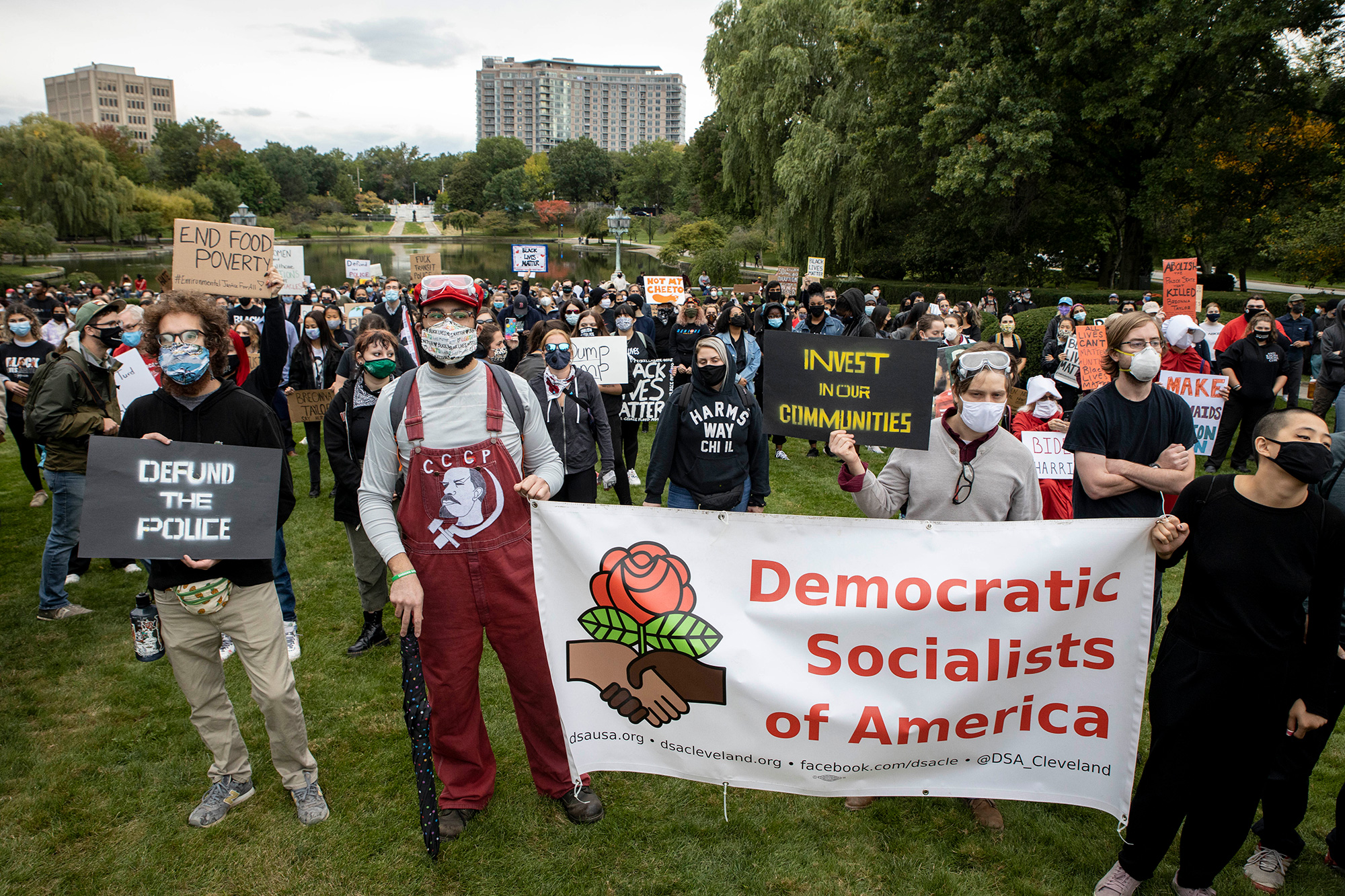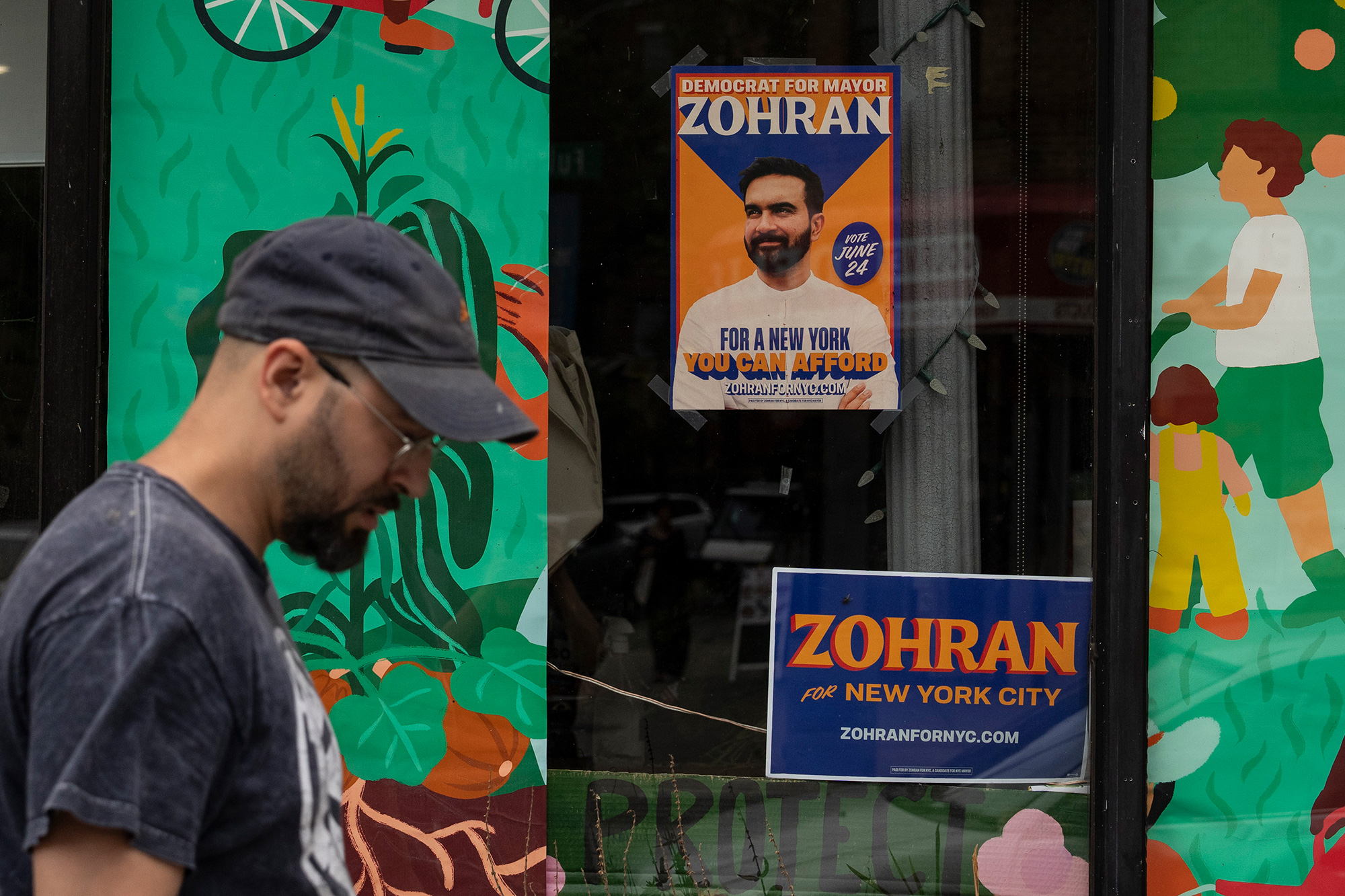The news this week (and this year) has been laser focused on tariffs, a sales tax on items from other countries. And for good reason: President Trump is planning a massive shakeup of tariffs on April 2, a day he dubs “Liberation Day.”
For many Americans, this is not the first time we’ve heard about tariffs. We remember them from President Trump’s first term, from an economics course, or maybe from the classroom scene in Ferris Bueller’s Day Off.
But tariffs are not a new phenomenon. In fact, America’s tariffs are almost as old as the republic itself. Among the first laws passed by the first Congress was the Tariff Act of 1789, which imposed a 5 percent tax on most imports.
Tariffs are how the U.S. government funded itself for over a century. Until around the Civil War, tariffs provided over 90 percent of the federal government’s revenues. And for the next 50 years, they provided about half of government funding.
It wasn’t until Congress first introduced the individual income tax in 1913 that tariffs became a fraction of the government’s income. From the end of World War II to today, tariffs have represented less than 5 percent of all tax dollars the U.S. Collects.
Last year, for example, the U.S. collected a total of $77 billion in tariffs. That’s just 1.5 percent of the $4.9 trillion in total tax revenue America collected.
In addition to becoming a smaller slice of the revenue pie, tariff rates are also much lower now than they used to be.
At the beginning of the 20th century, America’s average tariff rate was 50 percent – if you imported a telegraph worth $100, you would pay an additional $50 in taxes. Tariff rates peaked at nearly 60 percent during the Great Depression, but fell soon after. For the last 50 years, average tariff rates have been under 4 percent of all imports– an imported cellphone worth $100 would only run you $4 in additional taxes.
We don’t yet know what America’s average tariff rate will be after President Trump’s “Liberation Day.” During the 2024 election, he floated a 10 percent tariff on all imports; if that becomes reality, it would be our highest rate since World War II – but nowhere near the highest rate in America’s history.
Related
Peyton Lofton
Peyton Lofton is Senior Policy Analyst at No Labels and has spent his career writing for the common sense majority. His work has appeared in the Washington Examiner, RealClearPolicy, and the South Florida Sun Sentinel. Peyton holds a degree in political science from Tulane University.




